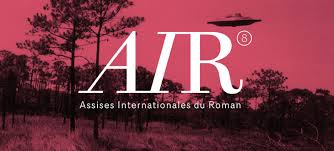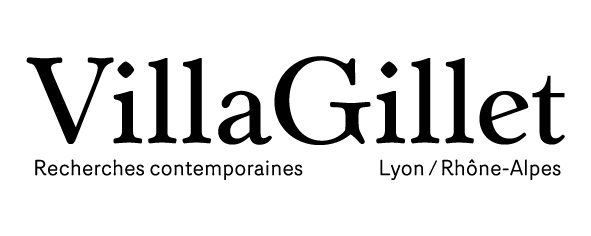Ambiguity (Siri Hustvedt)
AMBIGUITY: not quite one thing, not quite the other. Ambiguity resists category. It won’t fit into the pigeonhole, the neat box, the window frame, the encyclopedia. It is a formless object or a feeling that can’t be placed. And there is no diagram for ambiguity, no stable alphabet, no arithmetic. Ambiguity asks: Where is the border between this and that?
There is comfort in saying the word chair and pointing into the room where the chair sits on the floor. There is comfort in seeing the chair and saying the word chair softly to one’s self, as if that were the end of the matter, as if the world and the word have met. Naïve realism. In English, I can add a single letter to word and get world. I put a small l between the r and the d and close the chasm between the two, and the game gives me some satisfaction.
Ambiguity does not obey logic. The logician says, “To tolerate contradiction is be indifferent to truth.” Those particular philosophers like playing games of true and false. It is either one thing or the other, never both. But ambiguity is inherently contradictory and insoluble, a bewildering truth of fogs and mists and the unrecognizable figure or phantom or memory or dream that can’t be contained or held in my hands or kept because it is always flying away, and I cannot tell what it is or if it is anything at all. I chase it with words even though it won’t be captured, and every once in a while I come close to it.
That feeling of nearness to the shapeless ghost, Ambiguity, is what I want most, what I want to put inside a book, what I want the reader to sense. And because it is at once a thing and a no-thing, the reader will have to find it, not only in what I have written, but in what I have not written.
Pour citer cette ressource :
Siri Hustvedt, Ambiguity (Siri Hustvedt), La Clé des Langues [en ligne], Lyon, ENS de LYON/DGESCO (ISSN 2107-7029), juillet 2014. Consulté le 22/12/2025. URL: https://cle.ens-lyon.fr/anglais/litterature/entretiens-et-textes-inedits/ambiguity-siri-hustvedt-



 Activer le mode zen
Activer le mode zen

